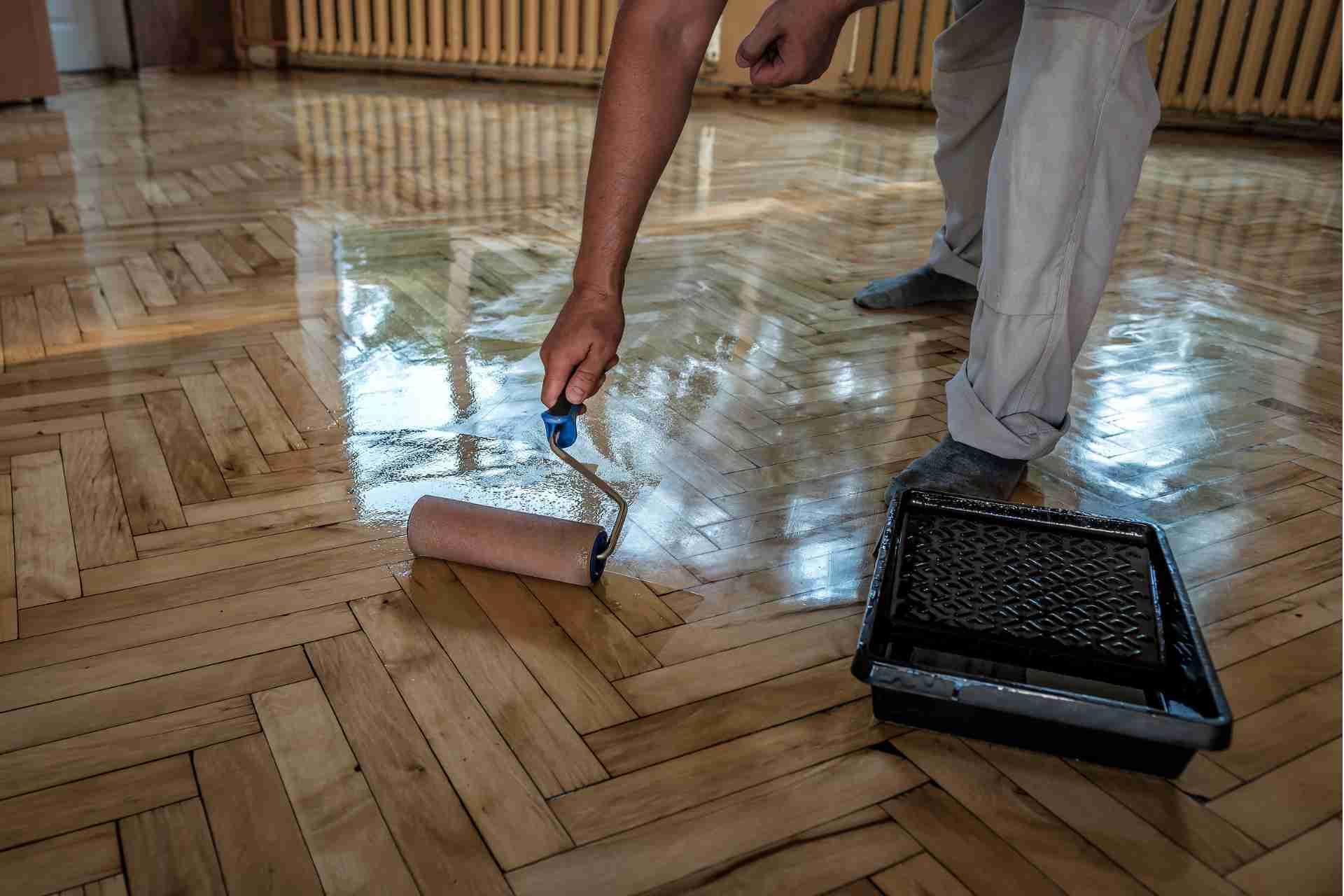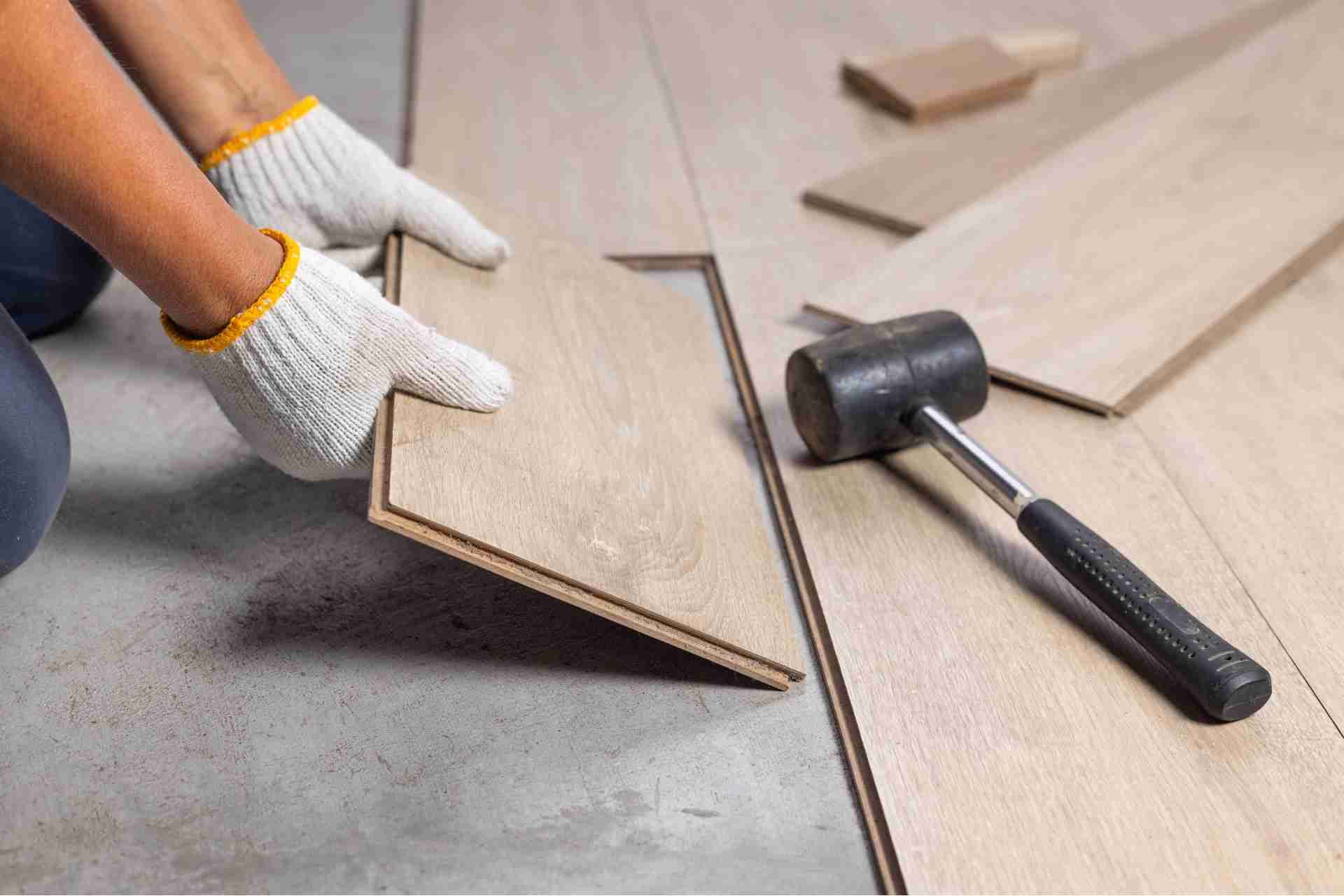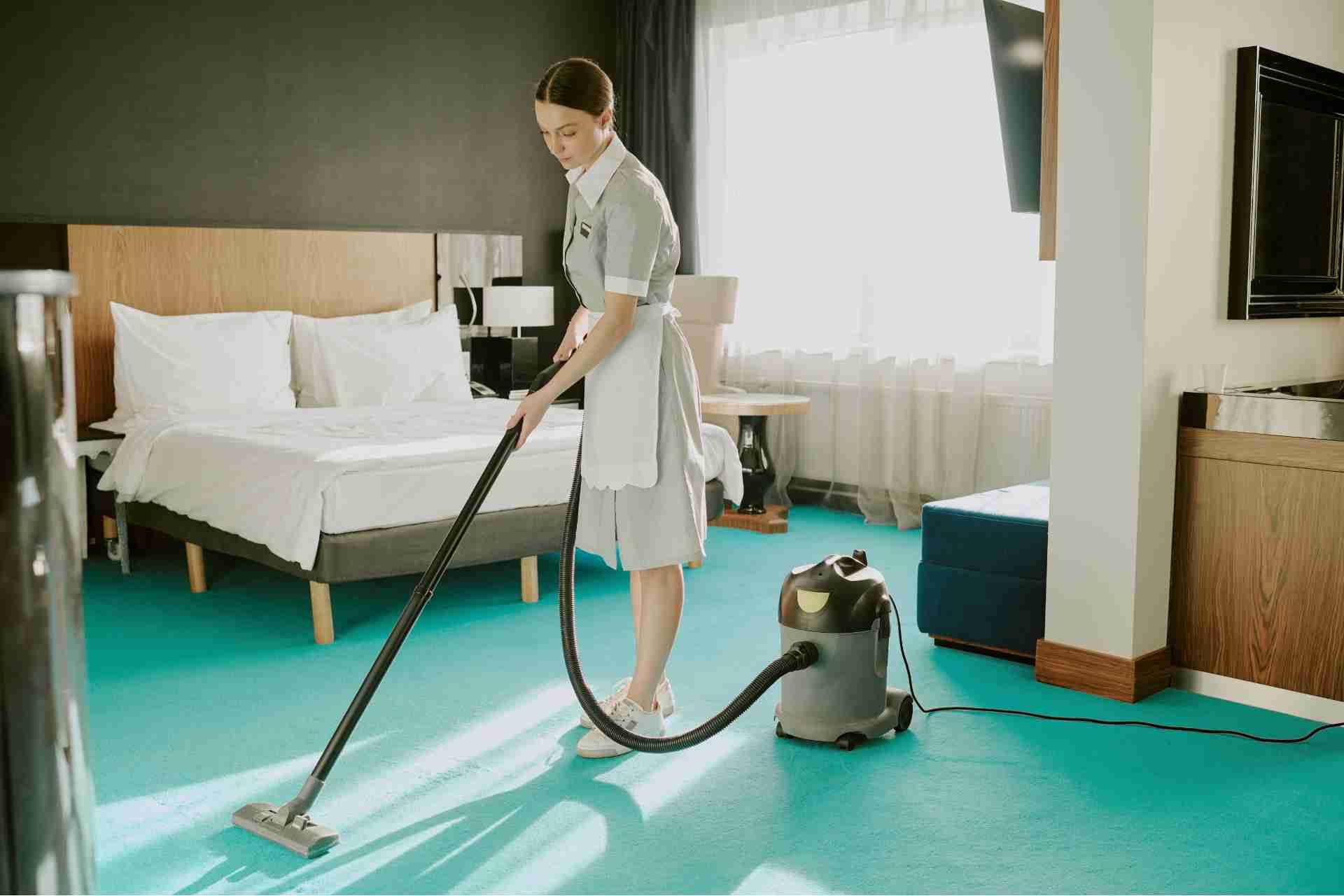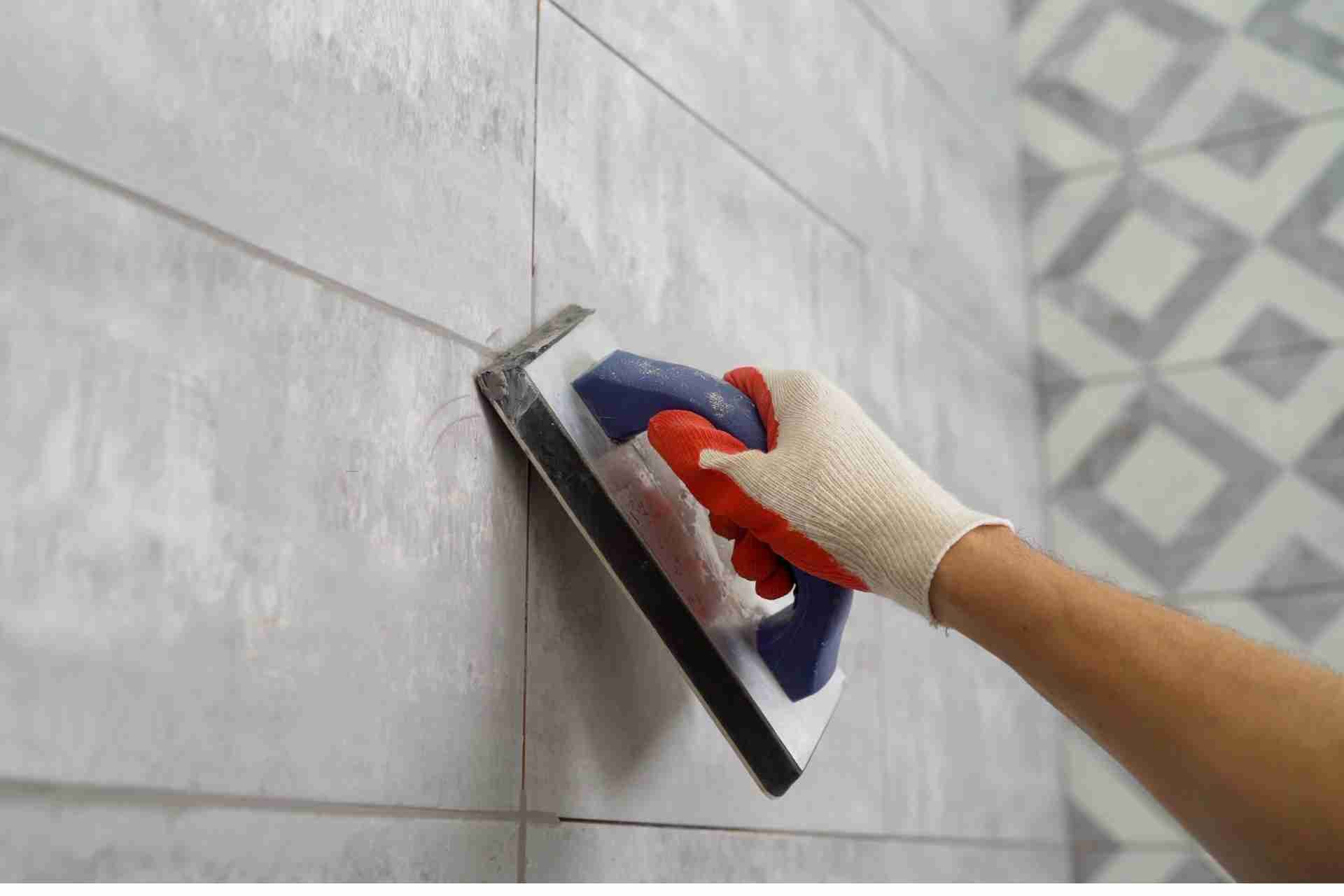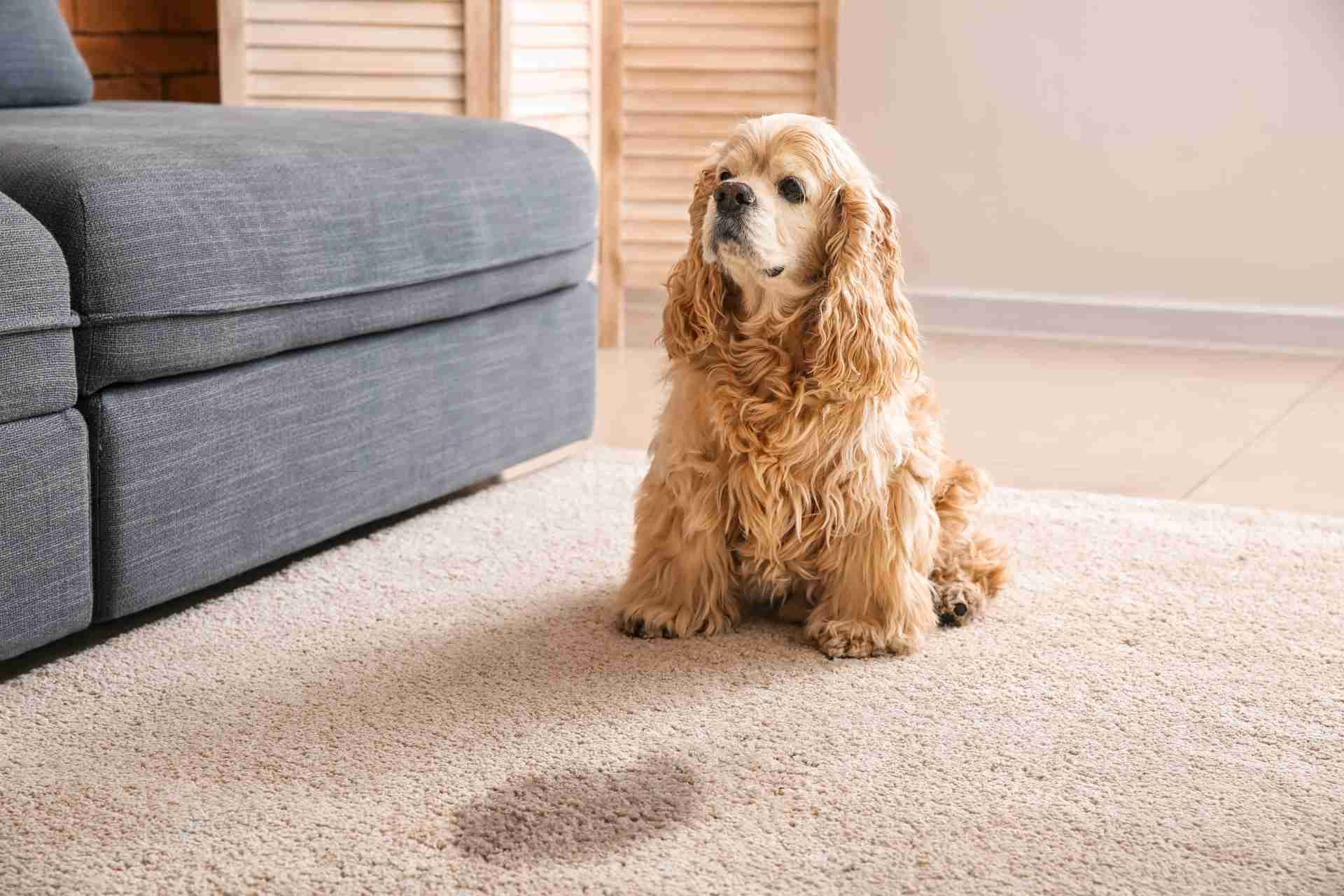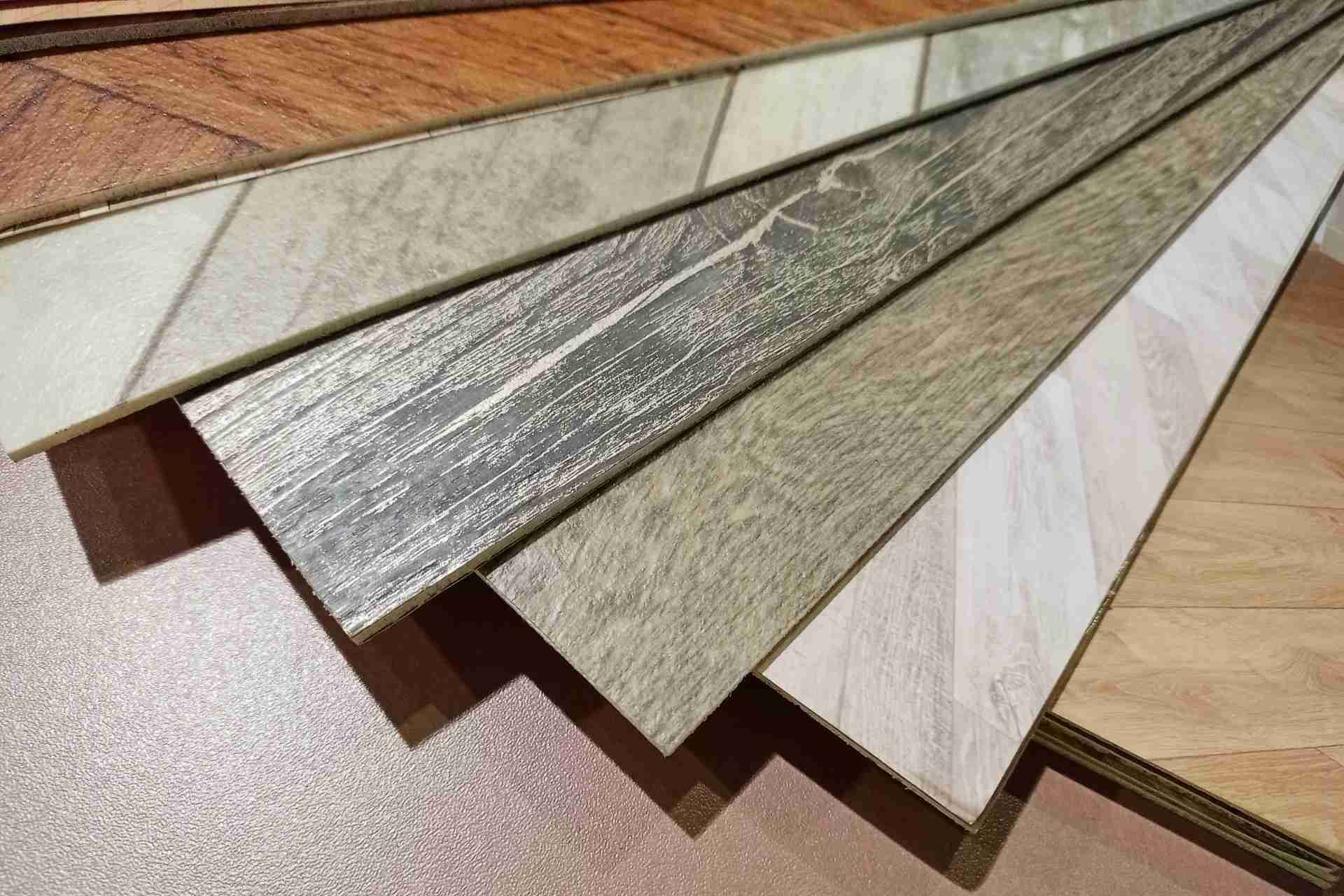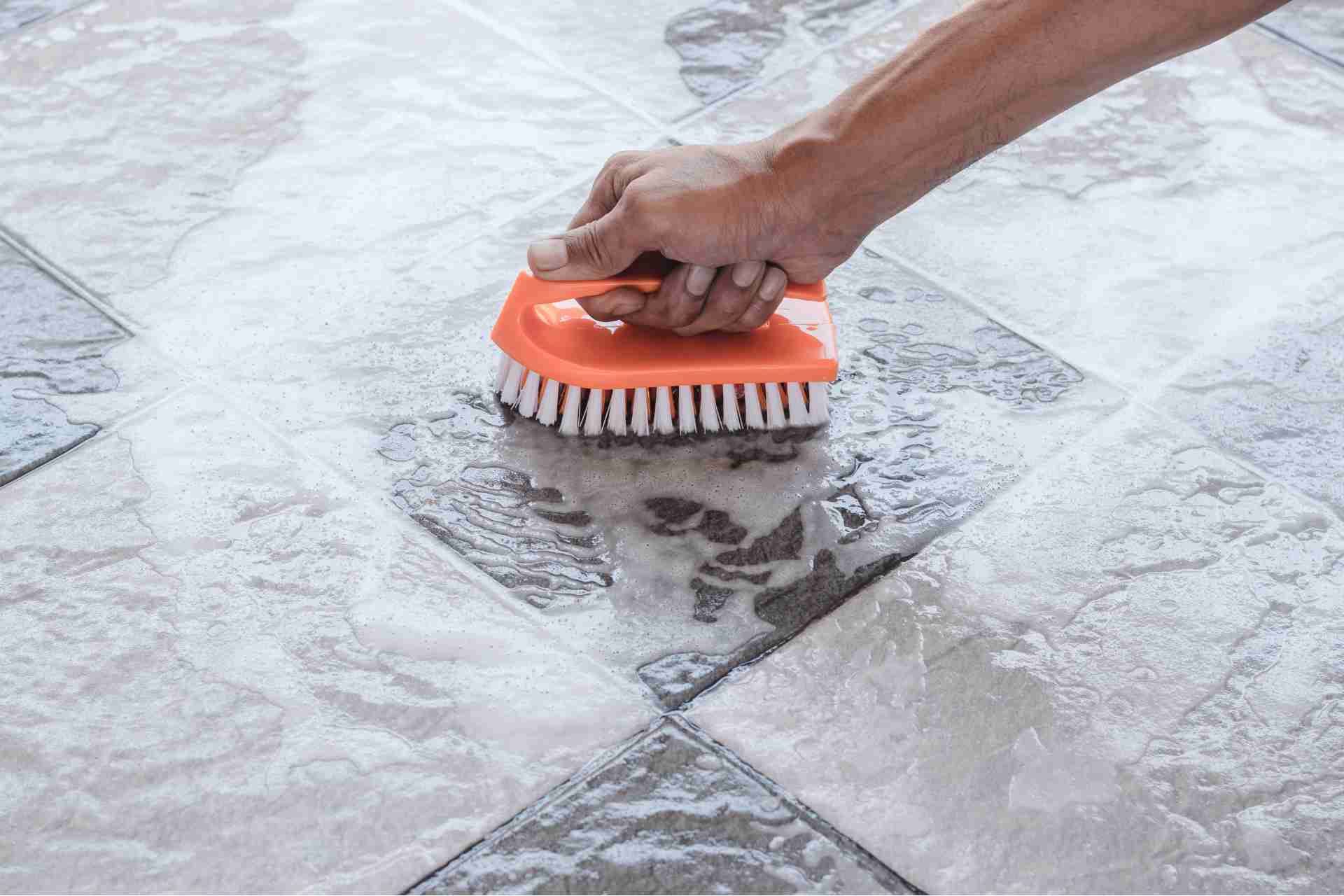Health Risks of Old Carpets
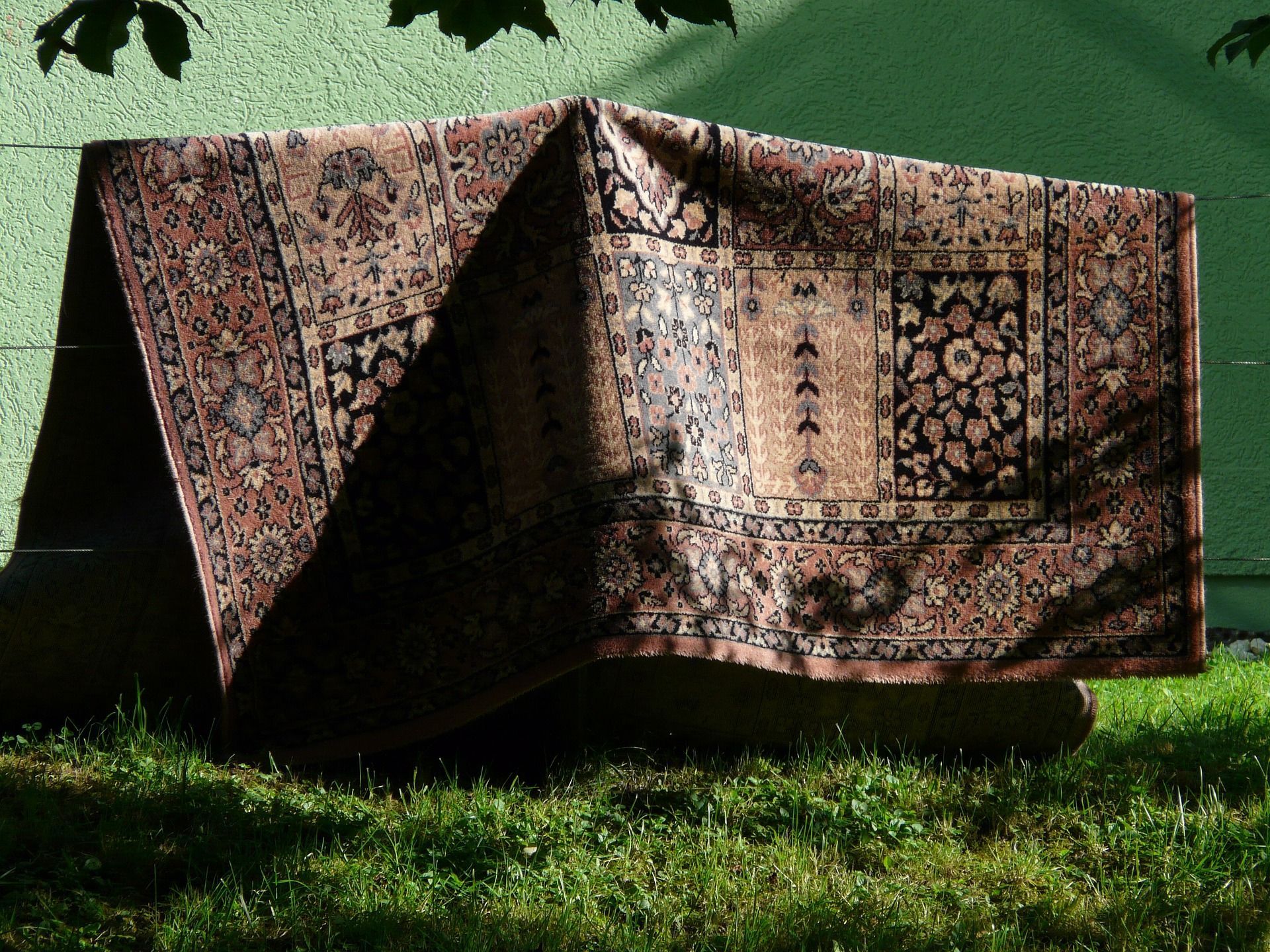
When we think about our health, we often focus on things like diet and exercise, but one aspect that is often overlooked is the quality of our indoor environments. One often overlooked aspect of indoor environments that can have a significant impact on our health is old carpets.
When it comes to the unseen dangers lurking beneath your feet, old carpets can be like silent assassins in your home. The build-up of dust, mold, and other allergens in the fibers can pose a serious threat to your well-being.
But that's just the tip of the iceberg. Discover the full extent of the health risks of old carpets.
Why you should remove Old Carpets
Old carpets can be a breeding ground for dirt, allergens, bacteria, and mold. They can also be a collection point for stains and odors that just won't go away no matter how much you clean them. If you have old carpets in your home, it may be time to consider removing them and replacing them with new flooring options.
Here are a few reasons why you should remove old carpets:
Health benefits: Old carpets can harbor allergens and dust mites that can trigger asthma and allergy symptoms. By removing old carpets, you can improve the indoor air quality in your home and create a healthier living environment for you and your family.
Odors and stains: Over time, carpets can absorb odors and stains that are difficult to remove. No amount of cleaning can completely get rid of these odors and stains, making your home smell musty and dirty. By removing old carpets, you can eliminate these unpleasant odors and stains and create a fresher and cleaner living space.
Aesthetic appeal: Old carpets can make your home look outdated and worn out. By removing old carpets and replacing them with new flooring options such as hardwood, laminate, or tile, you can give your home a fresh and modern look. New flooring can also increase the value of your home and make it more attractive to potential buyers if you decide to sell in the future.
Maintenance: Old carpets require regular cleaning and maintenance to keep them looking their best. By removing old carpets and replacing them with low-maintenance flooring options, you can save time and money on cleaning products and professional carpet cleaning services.
Comfort and insulation: Old carpets can become worn down and flattened over time, reducing their ability to provide comfort and insulation. By removing old carpets and installing new flooring options such as carpet tiles or area rugs, you can improve the comfort and insulation in your home and create a cozy and inviting living space.
Health Risks of Old Carpets
Allergen Trapping
By trapping dust mites, pet dander, and other allergens, old carpets can exacerbate respiratory issues for individuals with allergies.
Dust mites are microscopic creatures that thrive in warm, humid environments like carpets. These tiny bugs feed on skin cells shed by people and pets, and their waste particles can become airborne when carpets are disturbed, triggering allergic reactions in susceptible individuals.
When inhaled, dust mite particles can irritate the respiratory system, leading to symptoms such as coughing, wheezing, and shortness of breath. For those with allergies, the presence of dust mites in old carpets can worsen existing respiratory conditions like asthma or sinusitis.
Additionally, pet dander, another common allergen found in carpets, can further contribute to breathing difficulties and discomfort.
To mitigate the risk of respiratory issues caused by dust mites and other allergens, regular cleaning and vacuuming of carpets are essential steps to maintain a healthier indoor environment.
Chemical Emissions
Old carpets can release harmful chemical emissions that may pose health risks to individuals exposed to them. These emissions, often referred to as volatile organic compounds (VOCs, can include substances like formaldehyde, benzene, and toluene. When inhaled, VOCs from old carpets can lead to various health effects, with respiratory issues being a primary concern.
Exposure to these chemical emissions can irritate the respiratory system, causing symptoms such as coughing, wheezing, chest tightness, and shortness of breath. Individuals with pre-existing conditions like asthma may experience exacerbated symptoms when exposed to VOCs from old carpets. Prolonged exposure to these chemicals may also increase the risk of developing respiratory conditions over time.
To minimize the health risks of old carpets, consider replacing them with newer, low-VOC or VOC-free flooring options. Proper ventilation and regular cleaning can also help reduce the concentration of VOCs in indoor spaces, promoting better indoor air quality and decreasing the likelihood of experiencing respiratory issues linked to old carpet emissions.
Bacterial and fungal growth
Bacterial growth in carpets can occur due to a variety of reasons. One of the main culprits is moisture, which can seep into the carpet fibers and provide a perfect environment for bacteria to thrive. This can happen from spills, leaks, or high humidity levels in the home. Bacteria such as E. coli and salmonella can then multiply and spread, posing a risk of illness to you and your family.
Fungal growth, on the other hand, is commonly caused by mold spores that find their way into the carpet and begin to grow in moist conditions. Mold can produce harmful mycotoxins that can cause respiratory issues, allergic reactions, and even more serious health problems. If left unchecked, mold growth in carpets can spread rapidly and become a major health concern.
If you suspect that your old carpets may be harboring bacteria or mold, it may be time to consider replacing them. Investing in new, high-quality carpets can not only improve the aesthetics of your home but also provide a healthier living environment for you and your loved ones.
Pests and parasites
Dust mites are microscopic insects that feed on dead skin cells and can thrive in the warm, humid environment found in carpets. They can trigger allergies in some people, causing symptoms like sneezing, coughing, and itchy. Mold is another common issue with old carpets, especially if they have been exposed to moisture. Mold spores can trigger respiratory problems and can be especially harmful to those with asthma or other respiratory conditions.
Insects like fleas and dust mites can also infest old carpets, especially if you have pets in the home. Fleas can be brought in by pets and can quickly spread throughout the carpet, causing itching and discomfort for both your pets and your family. Dust mites can also cause skin irritations and allergic reactions in some individuals.
New carpets can help improve the air quality in your home and reduce the risk of pests and parasites infestations. Additionally, choosing carpets made from natural fibers like wool or sisal can help reduce the risk of allergens and pests in your home.
Indoor Air Quality
To enhance the overall air quality in your indoor environment, consider implementing strategies to reduce potential contaminants and improve respiratory health. Mold growth and respiratory issues are common concerns related to indoor air quality. Old carpets can harbor mold spores, especially in damp or humid conditions. These mold spores can become airborne and be inhaled, leading to respiratory problems such as coughing, wheezing, or exacerbating asthma symptoms.
Regularly cleaning and vacuuming your carpets can help prevent mold growth. Ensure proper ventilation in your home to reduce excess moisture that can contribute to mold development. Using air purifiers with HEPA filters can also help trap mold spores and other airborne particles, improving the overall air quality.
In addition to mold, old carpets can accumulate dust, pet dander, and other allergens that may trigger respiratory issues. Consider replacing old carpets with hard flooring options like wood or tile, which are easier to clean and less likely to harbor allergens. By addressing mold growth and other contaminants in your indoor environment, you can promote better respiratory health and overall well-being.
How to Prevent Health Risks of Old Carpets
If you have old carpets in your home, it's important to take steps to prevent these health risks and keep your living space clean and safe.
Regular cleaning: One of the best ways to prevent health risks from old carpets is to regularly clean them. This means vacuuming your carpets at least once a week to remove dust, dirt, and other debris that can accumulate over time. You should also steam clean your carpets every six months to kill any bacteria or mold that may be lurking within the fibers.
Keep moisture levels in check: Moisture can be a big problem for old carpets, as it can lead to mold and mildew growth. To prevent this, make sure to keep the humidity levels in your home at a comfortable level and promptly clean up any spills or accidents on your carpet.
Use a HEPA filter vacuum: If you have allergies or asthma, it's a good idea to invest in a vacuum with a HEPA filter. These filters can help to trap allergens and dust mites that may be present in your old carpets, keeping them out of the air and out of your lungs.
Replace your carpets: If your carpets are extremely old and worn out, it may be time to consider replacing them. New carpets are less likely to harbor mold, mildew, and other allergens, and can help to improve the air quality in your home.
Need Help in Maintaining your Carpet?
Contacting 1st Class Cleaning & Flooring is the best way to ensure that your carpets are thoroughly cleaned and maintained, reducing the risk of potential health hazards in your home. Our team of experienced professionals uses state-of-the-art equipment and safe, effective cleaning solutions to remove dirt, dust, allergens, and bacteria from your carpets, leaving them looking and feeling like new.
Schedule a
professional carpet cleaning service and keep your carpets looking and feeling fresh.
